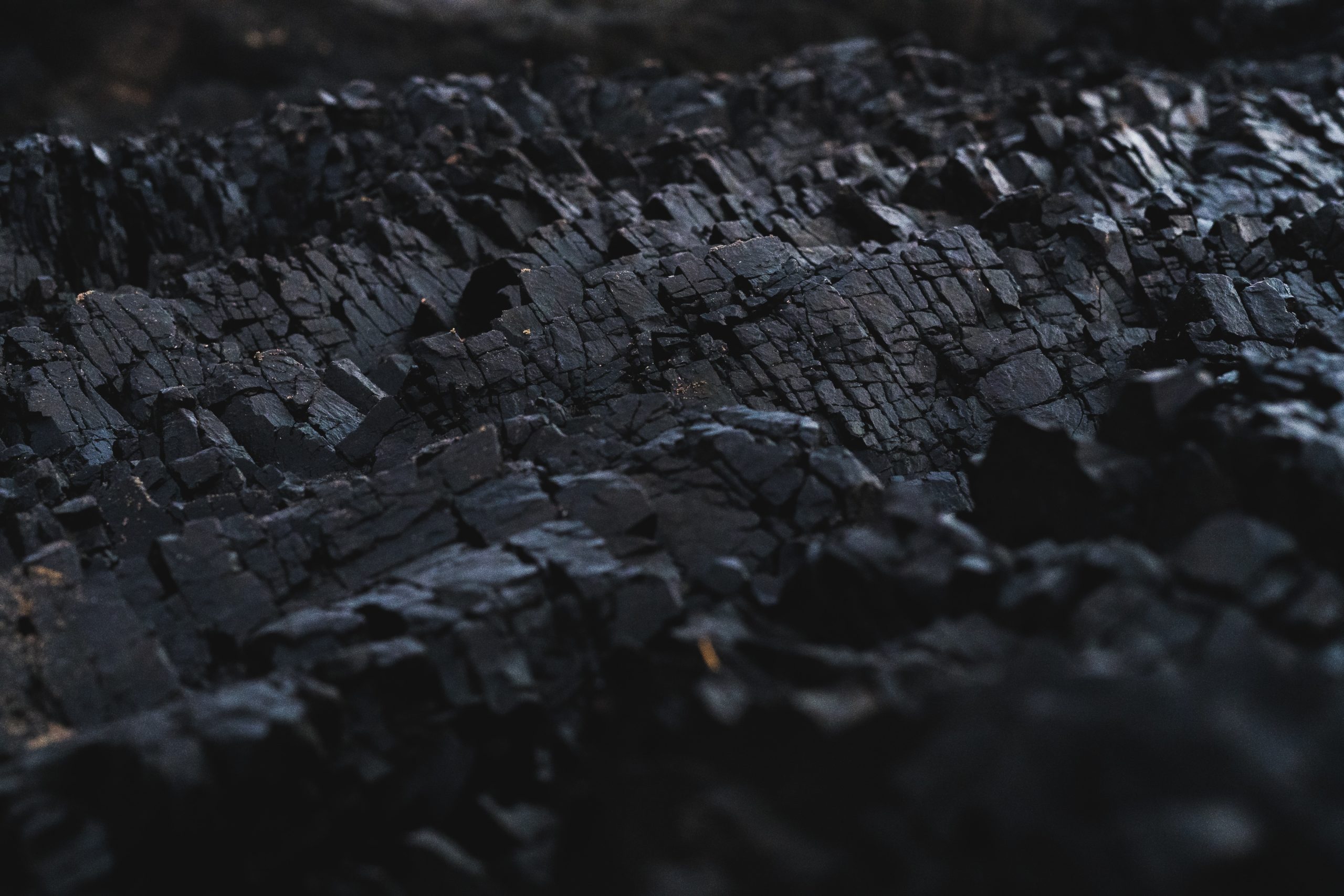
Biochar – An arborist’s perspective on soil enhancement
Biochar is a great tool to condition your soil.
The History of Biochar
There is strong evidence that Indigenous cultures around the world have used Biochar for soil conditioning, waste and resource management which in turn has allowed for them to grow food in otherwise adverse conditions, such as the Amazon Rainforest in the case of Terra Preta.
What is Biochar and how it works
Biochar is created using a technique called retort burning, which encourages Pyrolisis, a process that is reduces combustion by restricting air flow. Retort burning is roasting the wood or biomass in an oxygen-restricted process. This preserves the stable structure of the carbonised biomass pore space, which allows the structure to become adsorbent and filters soil of toxicity. This structure also has a larger surface area, which allows for water-holding capacity. This process removes volatile compounds. Because this structure is preserved, this acts as a nutrient delivery system as well as a habitat for micro-organisms and mycelium.
Important: Biochar is different than Activated Charcoal and Charcoal and you do not want to integrate into your soil as it can be quite toxic.
Benefits of Biochar
- Long-term soil enhancement, lasts thousands of years
- Carbon sequestration – because it isn’t biodegradable – microbes lack enzymes to break the carbon down
- Water retention properties
- Acts as a habitat for microbial activity
Biochar production
There are a few different ways to make it at home. Before you start, make sure there are no fire bans in your area, preferably in winter or spring and it should not be windy. You can make biochar using a burn pit, a metal container in a wood burning stove or a top lit up-draft gasifier cooker.
The best biomass to burn is dry wood, soft or hard wood, straw and even animal bones or manure will do the trick!
Distribution and use
It’s important to inoculate biochar to distribute in soil. Before Biochar is inoculated, it is a lifeless lump of sponge-like carbon. There are several options when it comes to inoculating Biochar:
- Compost tea/EM/compost
- Worm castings
- Leaf moulds from native forests
- Oyster mushrooms
- Fish and seaweed brews
Once inoculated, you can distribute by digging it into soil, adding to compost, spot-feeding plants, applying to garden beds, vertical mulching and through tree pit construction. Experiment with different amounts and depths in your soil.
